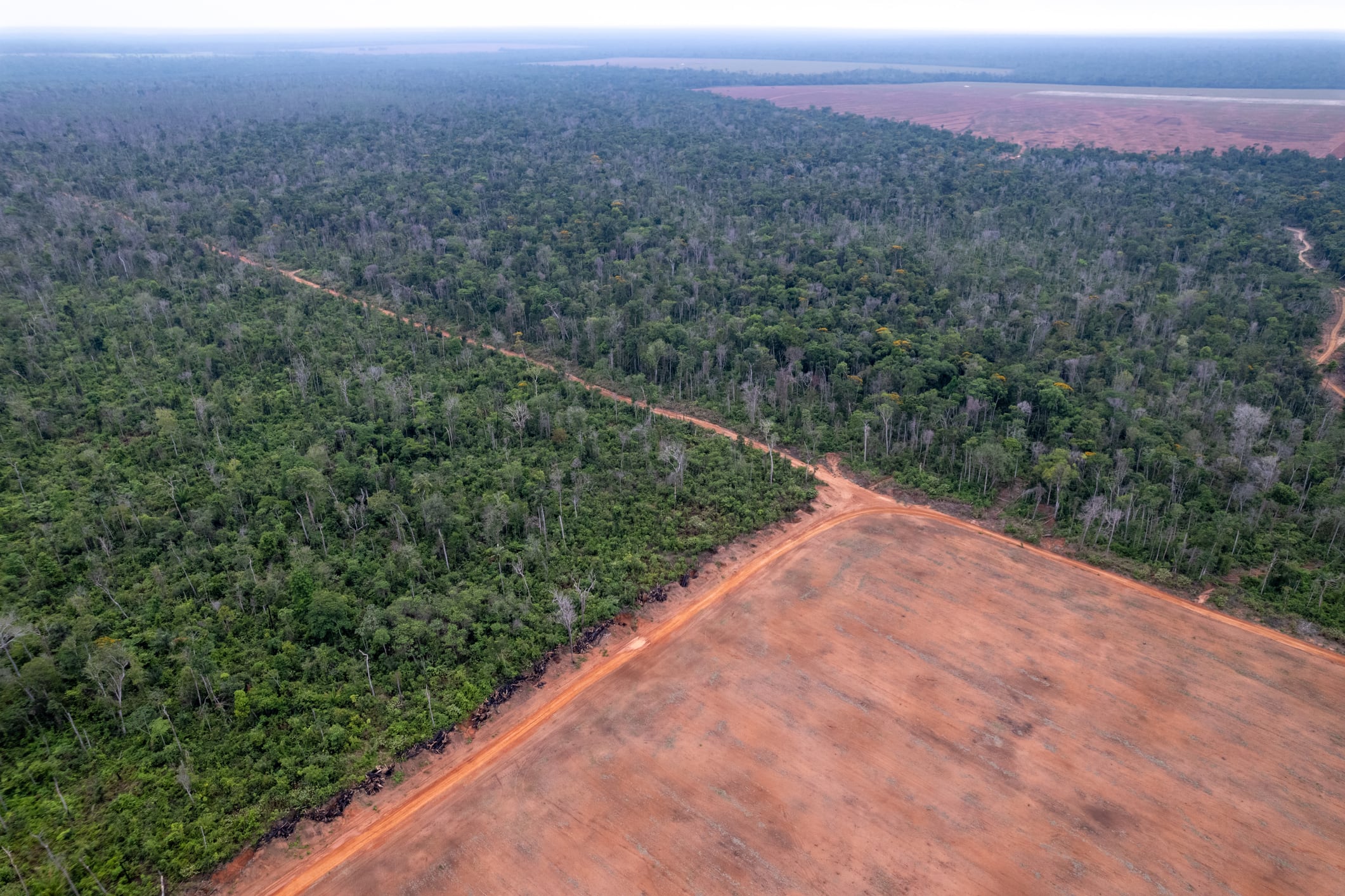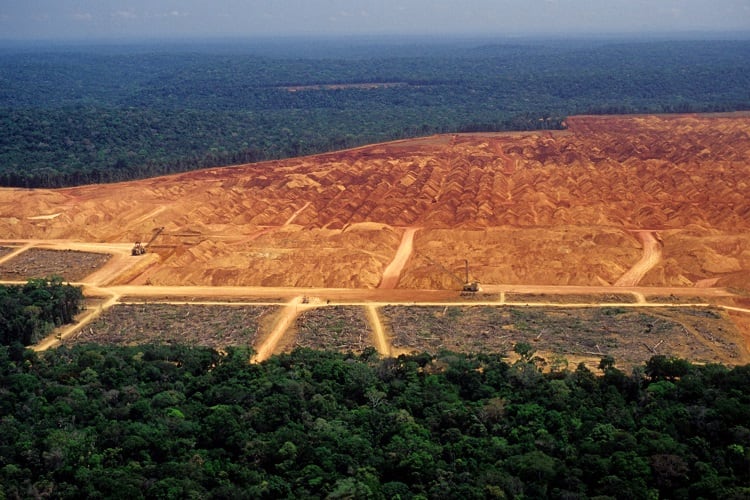What’s the latest on the EU deforestation law? A quick summary
- Enforcement for large firms is back to December 2025 as planned
- Small operators may get until December 2026 to comply fully
- Proposed simplifications could cut admin burden by around 30 percent
- A new ‘negligible risk’ category is under discussion but not yet law
- Final decisions rest with EU lawmakers, but industry must prepare now
OK, a landmark deforestation regulation is coming into play. Oh no wait, it’s been delayed. Newsflash: delay extended. Wait, no it hasn’t – well for some it has, but not for others.
If that’s your inner dialogue on the state of the European Union Deforestation Regulation (EUDR), this timeline is for you. Let’s break down where we started, how we got here, and crucially for industry, where we’re going.
1. The first delay - from 2024 to 2025
Let’s call this segment ‘the first delay’. Then, however many come after that we can number them ‘second delay’, ‘third delay’ and so on. I’m being facetious, but spoiler: there is at least one more delay to come.
Europe’s deforestation law, which aims to wipe out forest loss from European supply chains – for at-risk commodities coffee, cocoa, cattle, timber, soy and palm oil – was always meant to be enforced in December 2024 for big companies, and six months later for smaller ones.
So it was huge news when a 12-month extension was granted for all late last year. Businesses just weren’t ready, and a postponement would give industry more time to prepare their due diligence requirements.
The new date set was to be December 2025 for big companies, and again, six months later for smaller ones.
2. EUDR simplification - ‘negligible risk’
Discussions around reworking the EUDR came this year. Some call it ‘watering down’, others call it ‘simplification’. Whatever the term, it came from pressure to add a fourth risk category to the EUDR’s benchmarking system.
Aside from high, standard or low risk, the fourth category – negligible risk – would help countries posing zero deforestation risk with due diligence requirements. If awarded negligible risk status, they’d have very little to do – making for frictionless trade.
Critics raised concerns that an ingredient or product associated with deforestation could more easily enter the EU via a ‘negligible’ risk country.
This new risk category has not been entered into law, but it seems popular among countries deemed to benefit, like EU member states and the US.
3. The second delay - from 2025 to 2026
And then comes the second delay, almost a year to the day from the Commission’s first proposal to postpone in 2024. To be absolutely clear, the second delay remains a proposal. It has not been approved by relevant lawmakers.
The proposed delay came from Environment Commissioner Jessika Roswall, who did not cite industry unpreparedness, instead blaming the unpreparedness of the Commission itself – or rather, its IT system.
According to the Commission, new estimates suggest the IT system will face a much heavier workload than expected. If the system can’t cope with the influx of inputs from downstream operators, as well as from the Commission and national authorities, it’s feared the EUDR could end up plagued with disruptions.
For this reason, the Commission has been campaigning for another 12-month delay – meaning big players would need to comply by December 2026.
4. The big backflip
Less than a month after the Commission proposed a second year-long delay, it backflipped. Mind the whiplash.
Its new proposal scraps the second delay for larger operators, which in food means companies like Nestlé, Unilever, Mondelēz International, and Danone will find themselves needing to comply by December 2025, as planned.
Of that group, only Mondelēz will be disgruntled. The snacks and confectionery giant was pushing for another 12-month delay, stating concerns around cocoa smallholders’ readiness.
The others will be welcoming the U-turn. Nestlé, Ferrero, Tony’s Chocolonely and Barry Callebaut were among those calling to cease any delay, revision, or appeal to the EUDR. They say they’re ready to comply this year, and want the enforcement timeline to reflect that.
A grace period of checks and enforcement could well be granted.
The Commission’s backflip therefore only relates to small and micro operators, including smallholder farmers. For them, the EUDR would be enforced from 30 December 2026.
5. More simplification
Now for more reworking of the EUDR law. At the same time as the Commission’s U-turn for larger operators, it also proposed some changes to the regulation itself.
First up, downstream operators and traders would no longer have to submit due diligence statements, at all.
For clarity, upstream operators are those that first place the product on the EU market, and downstream refers to everything that happens after that point.
A single due diligence submission would be required at the point when goods first enter the EU market – and that would cover the entire supply chain. In practice, that would mean a cocoa bean importer submits one statement, and chocolate makers and retailers wouldn’t have to repeat it.
The other big change is a proposal to simplify obligations for micro and small primary operators from low-risk countries. The Commission isn’t formally proposing a negligible risk category, but small primary operators from those countries (there are 140 low-risk countries), wouldn’t need to make repeated due diligence submissions – just a simple, one-off declaration in the EUDR IT system.
The Commission hopes these changes will cut the administrative load for companies by an estimated 30%, and believes it will enable its IT system to handle more focused submissions.
Where to now?
We’ve come to the end of the timeline, which leaves one big question unanswered: what happens now?
Well, nothing. Not until the Commission’s proposal for a partial delay (for larger operators only) and amendment to required due diligence requirements are either formally adopted or rejected by the European Parliament and Council.
But that doesn’t mean industry should sit back and do nothing, awaiting a response. Despite the regulatory flux, businesses must continue to get their houses in order.
If a larger company, it’s looking likely that enforcement is just weeks away. If a smaller operator, you may be granted a 12-month reprieve, but then again, you may not.
If enforcement’s not coming now, it’s coming in the not-so-distant future. It’s time to act.





